The Future of Sustainable Illumination Exploring the Benefits of LED Luminaires
As we move toward a more sustainable future, exploring the benefits of LED luminaires becomes increasingly essential. LED luminaires offer a remarkable transformation in the way we illuminate our spaces, providing not only energy efficiency but also a longer lifespan compared to traditional lighting solutions. This is particularly significant as environmental concerns escalate and the demand for eco-friendly options grows. The technological advancements in LED technology have resulted in better quality light output and versatility, making them ideal for diverse applications, from residential to commercial settings.

In this article, we will delve into various tips and insights regarding the future of sustainable illumination through LED luminaires, highlighting their advantages in energy consumption, reduced carbon footprints, and overall lighting quality. Embracing LED technology is not just about enhancing aesthetics; it's about making a conscious choice for a greener planet.
Innovative Technologies Driving the Evolution of LED Lighting Solutions
The evolution of LED lighting solutions is significantly influenced by innovative technologies that enhance performance, energy efficiency, and sustainability.
Key advancements such as smart lighting systems are integrating IoT capabilities, allowing users to control and monitor their lighting remotely. This not only promotes energy savings by adjusting brightness based on occupancy but also provides opportunities for personalized lighting experiences that cater to individual preferences and needs.
Moreover, the development of advanced materials and manufacturing techniques has led to more efficient LED luminaire designs. Innovations such as quantum dot technology and improved heat dissipation methods enable brighter and longer-lasting lights while reducing environmental impact. These breakthroughs also pave the way for versatile applications across various sectors, from residential to commercial and urban infrastructure, ultimately contributing to a more sustainable illumination future. As technology continues to evolve, the potential to revolutionize how we illuminate our spaces becomes ever more promising.
Cost-Effectiveness of LED Luminaires in Various Applications
The cost-effectiveness of LED luminaires has made them a popular choice across various applications, particularly in outdoor lighting and commercial sectors. As energy-efficient solutions gain traction, LEDs not only reduce electricity consumption but also decrease maintenance costs due to their longer lifespan compared to traditional lighting. This shift aligns with the growing demand for sustainability, where stakeholders are increasingly seeking products that offer both economic and environmental benefits.
Furthermore, the rise of solar lighting systems complements the adoption of LED technology, enhancing cost-effectiveness particularly in off-grid areas. With the global solar lighting market projected to reach significant revenue milestones, it underscores the viability and financial advantages of integrating LED luminaires with renewable energy sources. As communities prioritize sustainable infrastructure, the synergy between LED technology and solar solutions is expected to drive further innovation and efficiency in illumination practices.

Environmental Benefits: Reducing Carbon Footprint with LEDs
The transition to LED luminaires represents a significant advancement in sustainable illumination, primarily due to their profound environmental benefits. One of the most critical aspects of LED technology is its ability to dramatically reduce carbon footprints. Unlike traditional incandescent and fluorescent lights, LEDs consume up to 80% less energy while providing the same level of brightness. This lower energy consumption directly translates to reduced demand from power plants and less greenhouse gas emissions, making LEDs a crucial ally in combating climate change.

Moreover, LEDs have a longer lifespan compared to conventional lighting options, often lasting up to 25,000 hours or more. This longevity not only minimizes the frequency of replacements, thereby reducing waste, but also curtails the energy related to manufacturing and disposing of lighting fixtures. Additionally, many LEDs are made from recyclable materials, further enhancing their sustainability credentials. As municipalities and businesses increasingly adopt LED technology, they contribute not only to cost savings and improved efficiency but also play a vital role in fostering a cleaner, greener future for our planet.
Health and Well-being: How LED Lighting Enhances Living Spaces
The adoption of LED lighting has significantly transformed living spaces, providing not only energy efficiency but also substantial health benefits. According to a report by the Department of Energy, LED luminaires use at least 75% less energy than incandescent lighting, leading to a decrease in greenhouse gas emissions. Beyond energy savings, the impact of lighting on human health and well-being is profound. Research published in the International Journal of Environmental Research and Public Health highlights that the color temperature and quality of light can influence our circadian rhythms, ultimately affecting sleep patterns and overall mood.
Furthermore, the use of LED technology offers a broader spectrum of light, which can be customized to promote specific emotional responses. The Well Living Lab reports that environments illuminated with appropriate LED lighting can enhance productivity, reduce stress, and improve cognitive function. For instance, dynamic lighting that mimics natural daylight not only supports better concentration in workspaces but also contributes to emotional well-being at home. As we continue to embrace sustainable illumination, integrating LED luminaires into our everyday lives offers a pathway towards healthier living environments.
The Future of Sustainable Illumination: Benefits of LED Luminaires
Future Trends in LED Technology and Sustainable Illumination Solutions
The landscape of illumination is rapidly evolving, particularly with advancements in LED technology. As energy-efficient solutions become paramount, LEDs continue to dominate the sustainable lighting market. The latest trends reflect a shift towards smart lighting systems that integrate IoT capabilities, allowing for real-time monitoring and control. These innovations not only enhance energy conservation but also contribute to improved user experience through customizable lighting settings tailored to individual preferences and activities.
Moreover, the emphasis on eco-friendliness shapes future LED developments. Manufacturers are increasingly focusing on producing LEDs with a reduced environmental footprint, utilizing recyclable materials and non-toxic components. Reports indicate a growing trend toward the use of human-centric lighting, which shifts the focus from merely illuminating spaces to enhancing well-being through natural light mimicking designs. As society recognizes the importance of sustainability, LED luminaires stand at the forefront of creating a harmonious balance between environmental responsibility and functional lighting solutions.
Related Posts
-
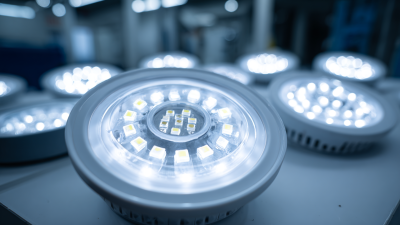
The Ultimate Guide to Sourcing Quality Led Luminaires for Your Business Needs
-
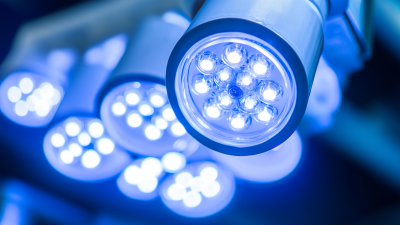
Unlocking the Secrets to Sourcing Premium Led Fixture Suppliers in a Competitive Market
-
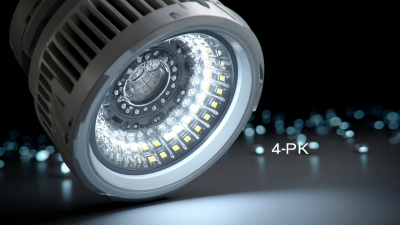
7 Reasons Why the Best LED Fixtures Revolutionize Energy Efficiency for Global Buyers
-
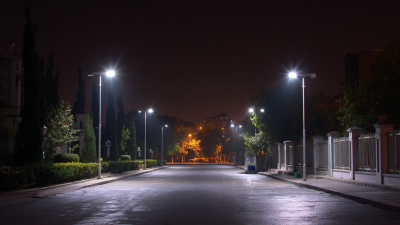
Innovative Led Solutions Overcoming Challenges in Smart City Lighting Applications
-
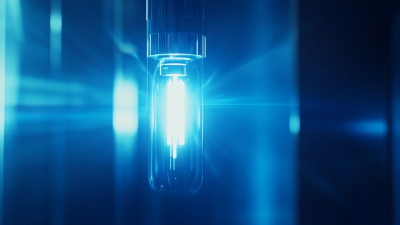
Unleashing Innovation in Light Source Technologies for Global Buyers
-
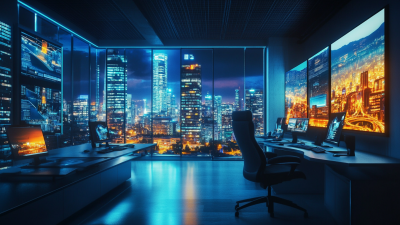
Leading the World in LED Solutions: A Manufacturing Powerhouse with Unmatched Quality and Innovation
